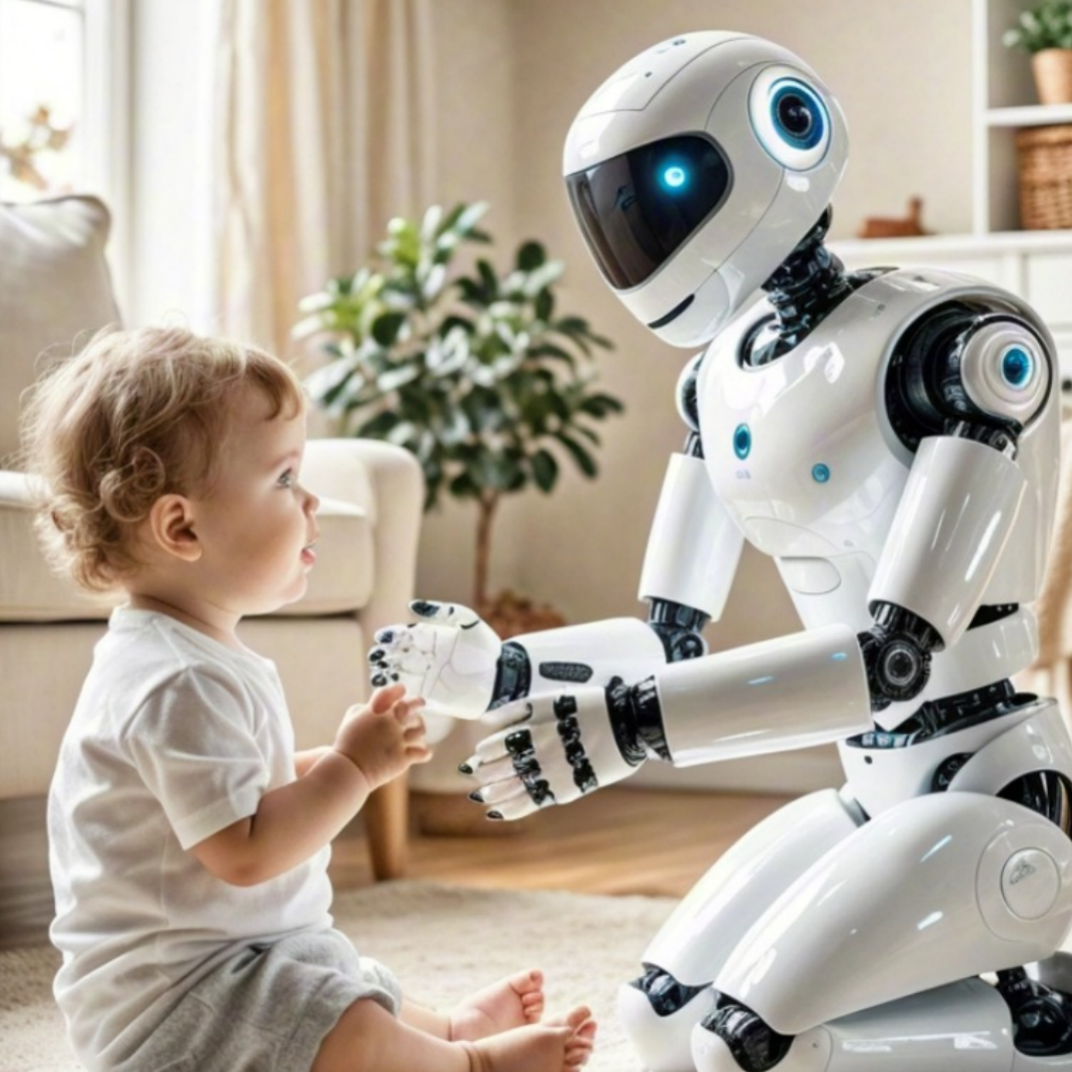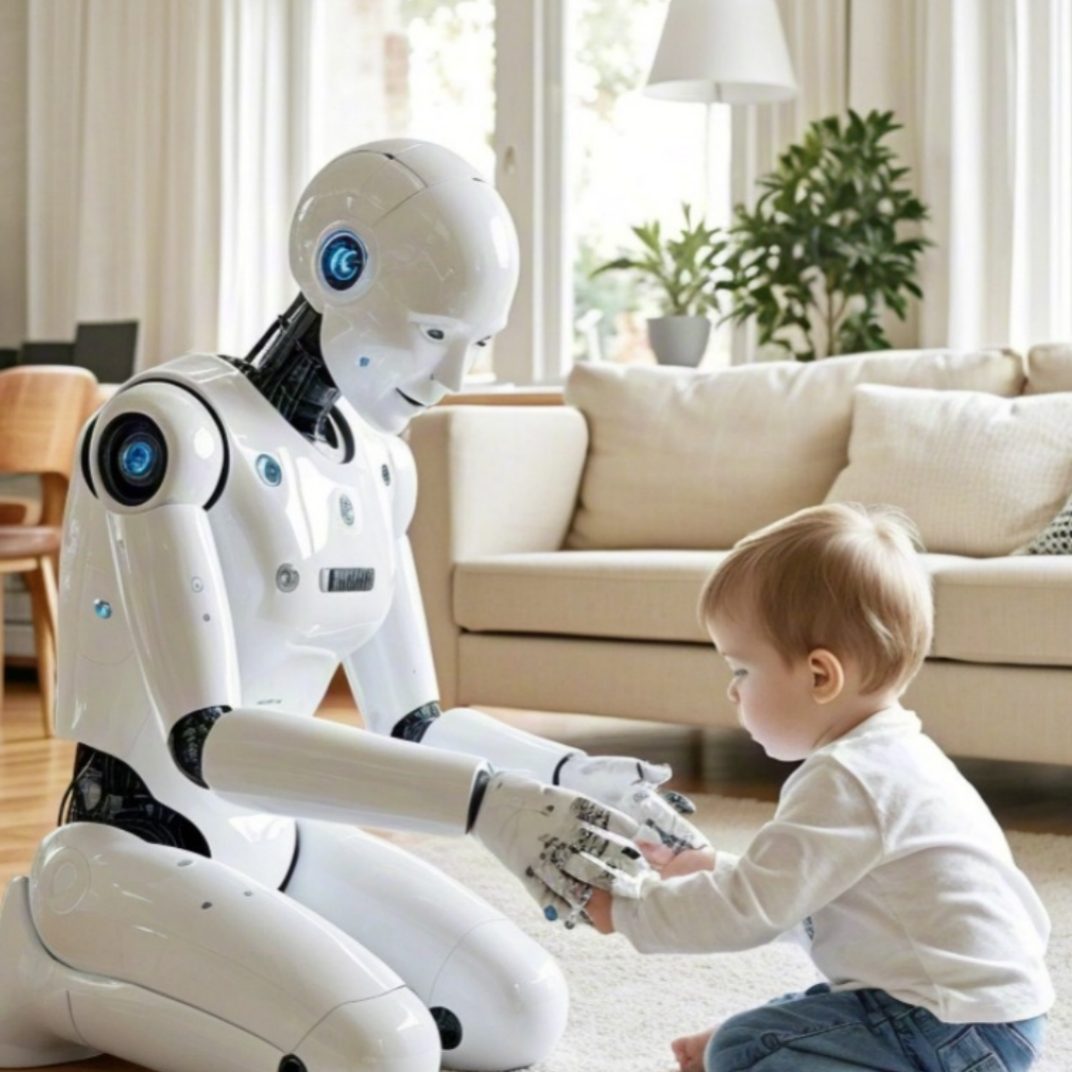


When discussing service robots, many people wonder whether they can truly integrate into our daily lives. To achieve this, safety is the top priority. Some of the major challenges include:
Limited Static Balance – Most humanoid robots struggle with static balance. If they lose power or experience a malfunction, their dynamic balancing system fails. Now, imagine a 1.5-meter-tall, fast-moving, 50+ kg bipedal robot suddenly collapsing—this could have serious consequences!
Rigid and High-Impact Structures – Many bipedal robots are made of metal or other high-strength materials. Their rigid bodies and high kinetic energy can pose a risk when colliding with humans, especially if they cannot quickly detect contact and react accordingly.
Decision-Making Limitations in AI – Current AI technology does not always guarantee perfect decision-making. To prevent potential harm or property damage caused by service robot errors, both active and passive protection systems are crucial.

To address these challenges, ADW has developed "electronic skin" technology, giving robots human-like tactile perception. This advanced system enables robots to sense touch, pressure, temperature, sliding, impact, and even deep structural support reactions, mimicking how human skin and bones perceive contact. With this real-time sensing capability, robots can adjust their movements instantly, preventing excessive collisions that could cause injury.

Service robots equipped with electronic skin can safely interact with people in everyday home environments, including households with elderly individuals and young children. Whether performing cleaning, tidying, or assisting with daily tasks, these robots can coexist with humans in a safe and seamless manner. Their enhanced perception ensures that interactions remain smooth and free from unintended harm. As technology continues to evolve, we believe robots will achieve even greater advancements in safety, perception, and decision-making accuracy. ADW’s sensor technology will remain at the forefront of this progress, driving us closer to a future where humans and robots coexist in perfect harmony.